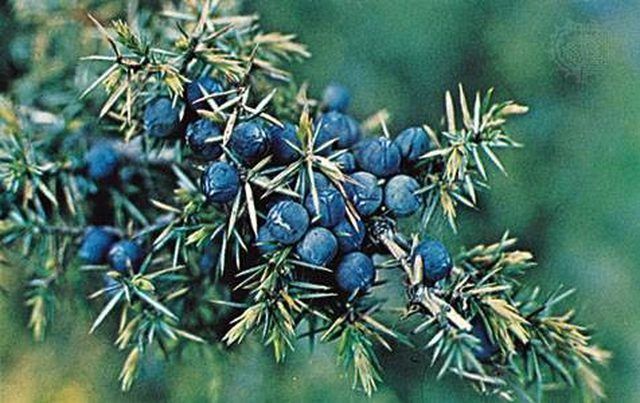Bulbs
Flower Basics
Flower Beds & Specialty Gardens
Flower Garden
Garden Furniture
Garden Gnomes
Garden Seeds
Garden Sheds
Garden Statues
Garden Tools & Supplies
Gardening Basics
Green & Organic
Groundcovers & Vines
Growing Annuals
Growing Basil
Growing Beans
Growing Berries
Growing Blueberries
Growing Cactus
Growing Corn
Growing Cotton
Growing Edibles
Growing Flowers
Growing Garlic
Growing Grapes
Growing Grass
Growing Herbs
Growing Jasmine
Growing Mint
Growing Mushrooms
Orchids
Growing Peanuts
Growing Perennials
Growing Plants
Growing Rosemary
Growing Roses
Growing Strawberries
Growing Sunflowers
Growing Thyme
Growing Tomatoes
Growing Tulips
Growing Vegetables
Herb Basics
Herb Garden
Indoor Growing
Landscaping Basics
Landscaping Patios
Landscaping Plants
Landscaping Shrubs
Landscaping Trees
Landscaping Walks & Pathways
Lawn Basics
Lawn Maintenance
Lawn Mowers
Lawn Ornaments
Lawn Planting
Lawn Tools
Outdoor Growing
Overall Landscape Planning
Pests, Weeds & Problems
Plant Basics
Rock Garden
Rose Garden
Shrubs
Soil
Specialty Gardens
Trees
Vegetable Garden
Yard Maintenance
How to Identify Juniper Berries
How to Identify Juniper Berries. Juniper berries can be used for a variety of things, including survival food in the forest, creating gin spirits and as a delectable addition to edgy cuisine. It is important to know how to identify them from other possibly poisonous berries if you are in need of food, or if you are trying to grow a juniper plant.

Juniper berries can be used for a variety of things, including survival food in the forest, creating gin spirits and as a delectable addition to edgy cuisine. It is important to know how to identify them from other possibly poisonous berries if you are in need of food, or if you are trying to grow a juniper plant.
Things You'll Need
Open area with plenty of sunlight
Juniper shrub or tree
Sticky sap
Juniper berries
Search for open, sunny areas in the forest. Make sure they are dry areas without a lot of moisture, humidity or marshy landscape. Juniper berries grow all year round. Although they are well-known to the desert and mountainous areas, that is not the only place juniper plants grow.
Look for a plant with berries that appear blue on it in this open sunny area. The berries are a little smaller than regular blueberries and grown at the ends of the branches. You will smell a pine aroma that is very strong as you come closer to the juniper plant. They hang in clusters.
Look to see if the plant that has these berries hanging on it is a shorter bush, shrubs or tree. Remember that juniper is an evergreen that looks a bit like a cedar tree. Juniper leaves are short, no longer than two centimeters. The branches are full of theses leaves and do not extend to far from the core of the juniper plant. The leaves are thin, green and pointy. The berries should be hanging off of these leaves.
Feel that base and branches of the juniper to look for sap. Juniper's sap is very sticky and thick, with an aroma similar to that of the berries. It is also dark-colored.
Collect the juniper berries once you have identified all these parts of the juniper plant. It is important to look for other characteristics, other than just the blue berries, to make sure that the plant is not a poisonous one in disguise.
Tips & Warnings
Juniper twigs can be boiled for tea, and the berries eaten or used in sauces.
Burning the branches of the juniper tree also repels bugs and insects